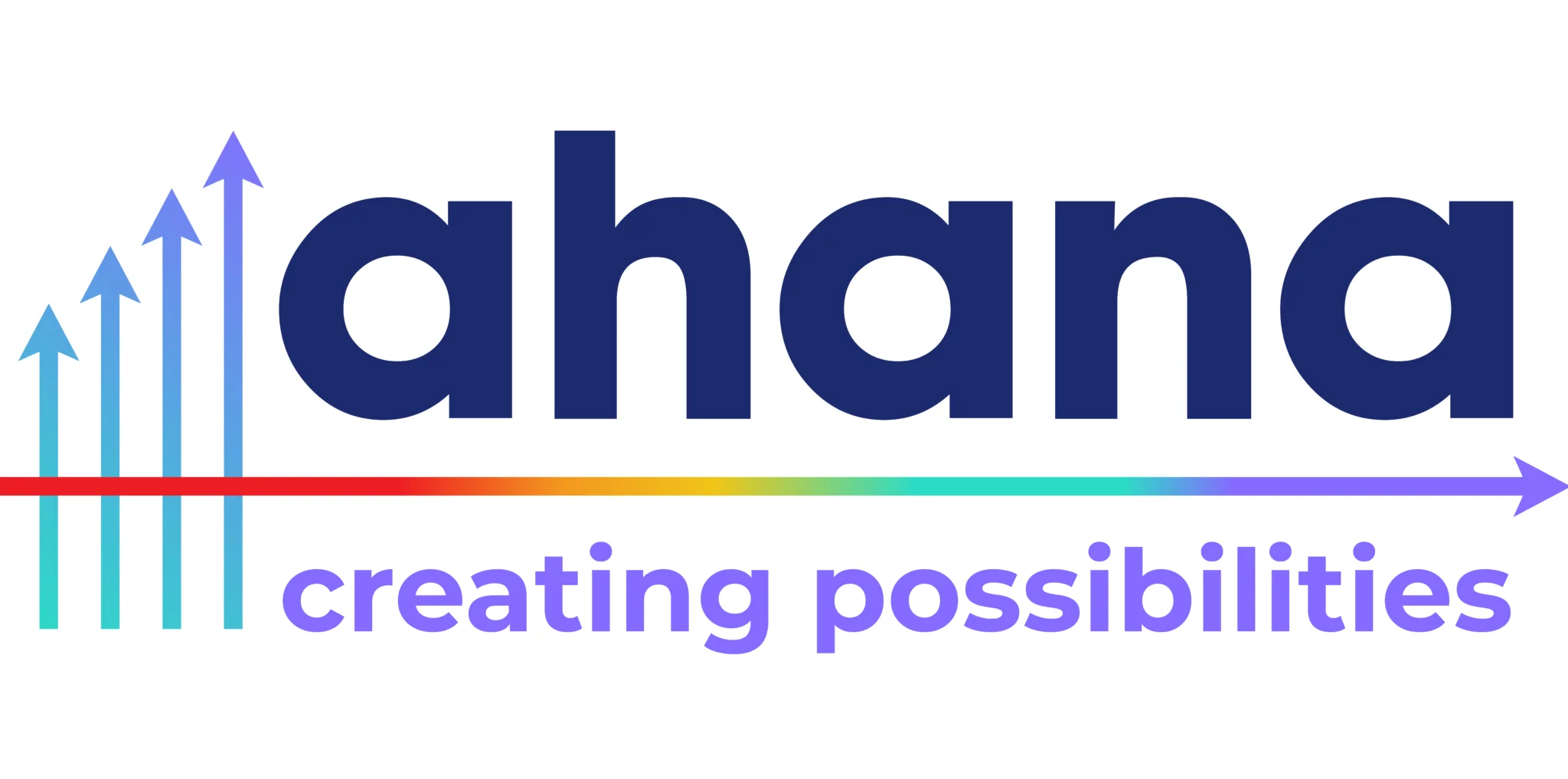
In today’s fast-paced digital world, businesses are increasingly turning to automation solutions to streamline their operations and enhance efficiency. Robotic Process Automation (RPA) has emerged as a transformative technology, challenging traditional IT services model. In this blog post, we will explore the key differences between RPA and traditional IT services, highlighting the benefits and drawbacks of each approach. Robotic process automation is the use of software empowered with both artificial intelligence and machine learning to handle high volume of repetitive tasks that previously required humans to perform.
Some of these jobs include performing queries and transactions, making calculations, and record maintenance. Take for instance, an accountant who manages several invoices and financial transactions, liabilities, checks, and ledgers every day in a typical accounting environment. One of the tasks would be to transfer information from these documents, such as the company name, invoice number, and processing date, into a spreadsheet and send the information to management. The tasks are highly monotonous and time-consuming, with the additional inclination to errors.
However, with hyper automation, a straightforward bot can be developed that pulls data from several invoices and enters it onto a sheet each day, allowing the accountant to review the information and share it with management for their use within a matter of minutes.
RPA: Automating Mundane Tasks
RPA involves the use of software robots or “bots” to automate repetitive, rule-based tasks traditionally performed by humans. These bots mimic human actions, such as data entry, form filling, and report generation, by interacting with applications and systems. RPA has been widely accepted for its ease of implementation and quick return on investment. It enables organizations to optimize workflows, reduce errors, and free up employees to focus on more strategic and value-added activities.
One of the significant advantages of RPA is that it is non-intrusive. It can be implemented on top of existing systems without the need for extensive modifications to underlying IT infrastructure. Additionally, RPA allows for rapid deployment and scalability, making it ideal for organizations looking to automate specific processes without a complete system overhaul.
Traditional IT Services: Customization and System Integration
Traditional IT services encompass a wide range of activities including software development, system integration, and application maintenance. Unlike RPA, which focuses on automating specific tasks, traditional IT services offer a more comprehensive approach to meet the diverse technological needs of a business. Typically, IT service providers collaborate closely with organizations to understand their unique requirements and deliver tailor-made solutions.
One of the strengths of traditional IT services lies in its ability to handle complex projects that involve integrating various systems and software applications. Custom development allows businesses to build solutions from the ground up, aligning them precisely with their processes and objectives. While this level of customization offers great flexibility, it often comes with higher costs and longer development cycles when compared with RPA.
Furthermore, traditional IT services are essential for businesses that require ongoing maintenance and support for their complex IT infrastructure. IT professionals provide troubleshooting, system upgrades, and security management, ensuring the smooth operation of critical business systems. Their expertise and knowledge contribute to strategic decision-making, especially in areas such as technology roadmap planning and digital transformation initiatives.
IT services Vs RPA: Key differences
RPA and traditional IT services each offer unique advantages and play distinct roles in automating business processes. RPA excels in automating repetitive tasks quickly and efficiently, allowing businesses to achieve rapid ROI and process optimization. On the other hand, traditional IT services provide customization, system integration, and ongoing support, making them essential for complex IT environments.
To maximize the benefits of automation, organizations often adopt a hybrid approach that combines the strengths of RPA and traditional IT services.
As technology continues to advance, it is crucial for businesses to evaluate their automation needs and select the right mix of RPA and traditional IT services. By doing so, they can unlock the full potential of automation, enhance productivity, and stay ahead in the increasingly competitive digital landscape.
Ahana offers cutting-edge automation solutions to empower enterprise clients in streamlining their business processes and technology systems. Our extensive experience in process assessment, complexity identification, and process interaction enables us to assist organizations in optimizing and simplifying their operations to meet cognitive requirements while maintaining stringent security standards. In collaboration with UiPath, and a proficient team of RPA experts, we ensure the seamless implementation of solutions that yield optimal results and enhance overall efficiency. Our unwavering commitment to excellence and customer satisfaction distinguishes us as a trusted partner in driving organizational success through streamlined processes.
Book a consultation with our RPA and IT service experts to start your transformation journey today!
Author : Ahana Content Team
